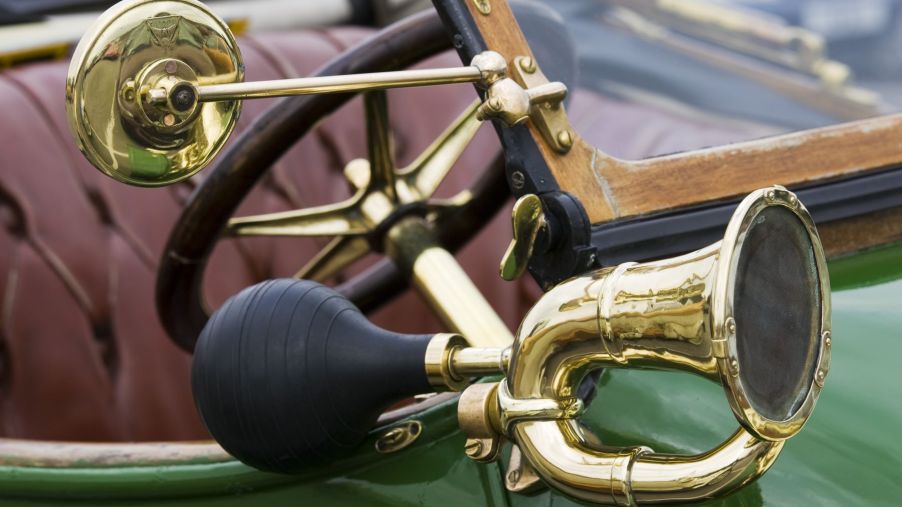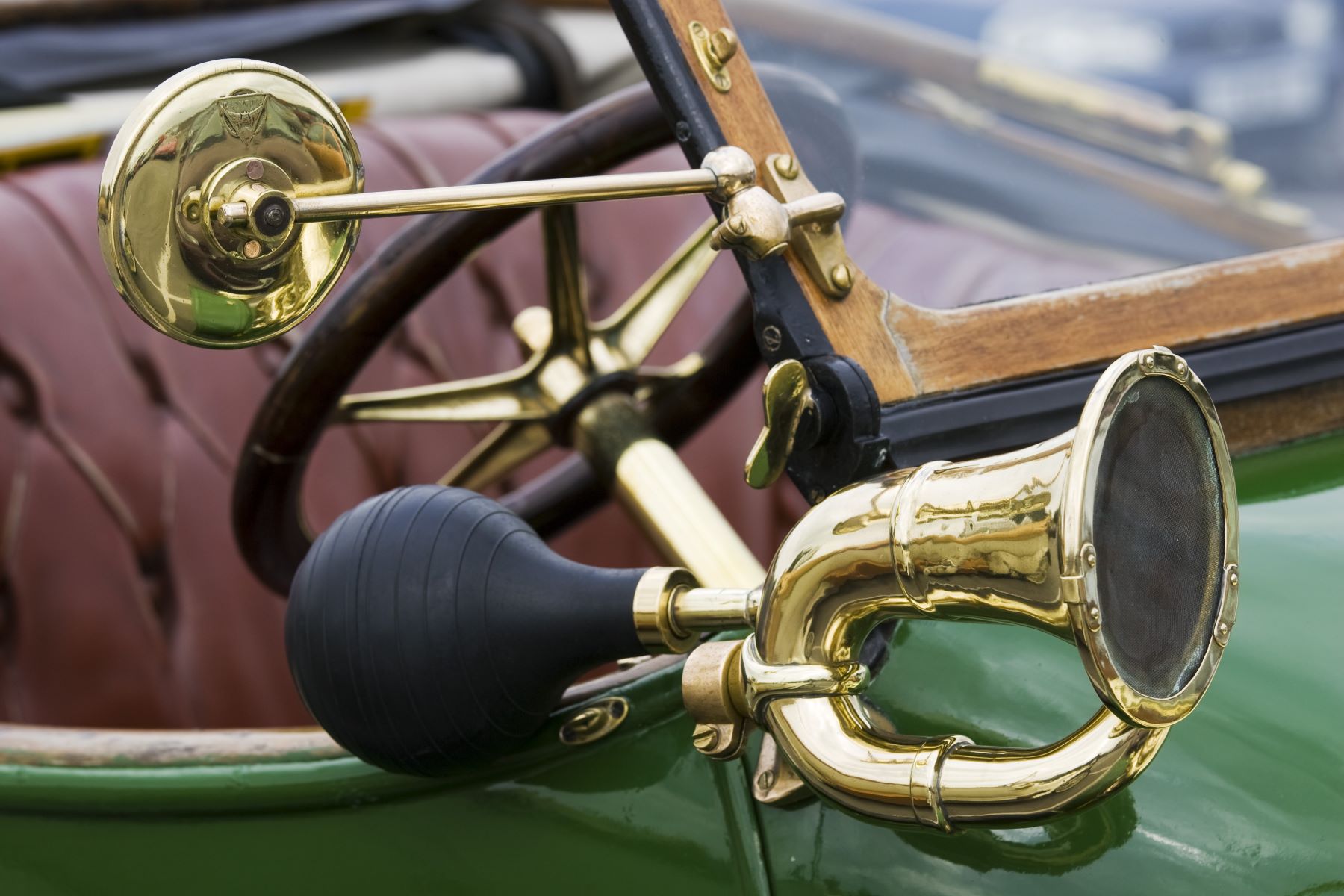
5 Do’s and Don’ts of Honking Your Car Horn
Car horns can sometimes be annoying, but they can be a very useful tool when driving. They can simultaneously save lives, anger other drivers, or create noise pollution in densely populated areas. Nevertheless, they are a necessary car safety tool for driving.
The history of car horns

According to the website Boom Blasters, the history of car horns predates automobiles. Horns were used to signal the approach of self-propelled vehicles on a public road, mostly steam-powered carriages at the time. In the mid-1800s, Britain passed a law that self-propelled vehicles on public highways must be preceded by a man on foot waving a red flag and blowing a horn to protect pedestrians and animals. That went on for about 10 years until someone figured out it was easier to mount the horn on the vehicle.
When automobiles showed up, the car horn became an attention-getting device that alerted everyone that you and your car were coming to avoid accidents. Back then, the top speed was around 20 mph, so a pedestrian or animal would have plenty of time to clear the road.
Five do’s and don’ts of using your car horn
There is a wrong way and a right way to use your car horn. When used correctly, you can save lives. When misused, you could create a dangerous situation for not only you but also other motorists. According to Honk For Help, here are five ways that you should or should not use your car’s horn.
- When a car begins to drift into your lane, the key thing to remember is that you should use your car horn only to get the other driver’s attention. One short blast is generally enough. You should not honk continuously or gesture as this can provoke the other driver and create a road rage situation.
- If you are stopped at a red light and the car in front of you doesn’t move, you should not begin honking as soon as the light turns. Give the driver a few seconds to notice on their own.
- To alert a pedestrian to a dangerous traffic situation. For example, someone begins walking in front of an oncoming car. It’s important to remember that you shouldn’t give a long blast as the horn will be louder to the pedestrian standing outside of the vehicle. A short burst should be enough to alert them.
- Don’t honk in anger if you are stuck in traffic. Everyone is in the same situation you are in, and everyone is frustrated. Honking will only create more agitation.
- Don’t honk to get a friend’s attention or to say hi to someone. It will only confuse other drivers who may think you are being aggressive or trying to alert them to road conditions.
How do car horns work?
Although the technology exists to alert drivers of dangers on the road, the car horn is a simple yet effective communication tool between drivers. In this article, Torque explains how car horns work. They work by vibrating a metal diaphragm. They operate with electricity and are comprised of a solenoid and metal disc made of spring steel. The solenoid generates a magnetic pull on the disc when it is activated, forcing it to bend concentrically. The diaphragm flexes, separating the electrical connections and de-energizing the solenoid.
When the disc returns to its previous shape, the electrical connections shut, enabling electricity to flow into the solenoid once more. For as long as the horn button is depressed, the cycle is repeated. This flexing and de-flexing of the steel diaphragm in the horn will occur faster than the eye can detect. However, the resulting vibrations produce the noise we hear from the horn.
A car horn is an invaluable tool for drivers when appropriately used. They have saved countless lives since they were introduced in the mid-1800s and continue to serve as a communication tool for drivers today.


